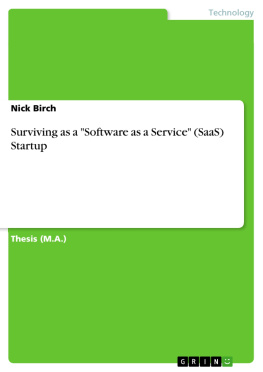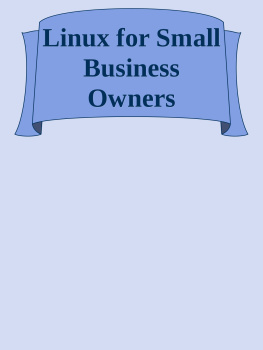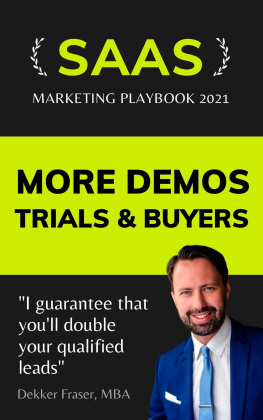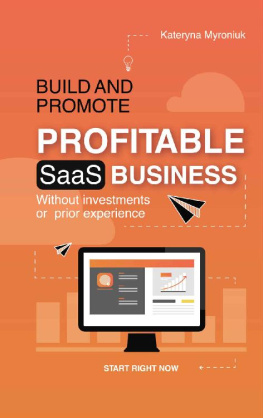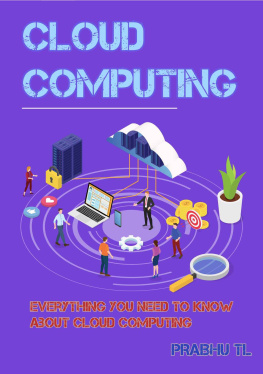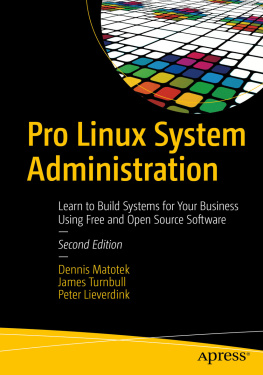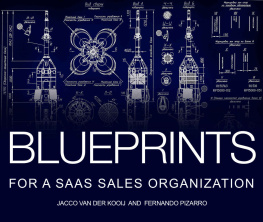Software as a Service (SaaS) is changing the way businesses operate. It s not just a trend: it s a proven way for small business owners to save time and money. We owe it all to the cloud for ushering SaaS into the business world.
When examining the basics of running a business, a single subscription to a SaaS app could take the place of an entire department. Small businesses and start ups can have email, file storage, expenses, purchasing, human resources, collaboration and task management at a lower cost for IT and software. With access to services and software that was once only available to huge companies because of the high cost of infrastructures and maintenance, software services allow a business to cut costs and focus on their product and services instead of setting up elaborate software or delegating between departments.
As a startup in the SaaS space, it is a long and perilous journey just to survive, let alone be notably successful. As the marketplaces have become quickly crowded, just finding a niche deems very difficult, let alone actively dominating one. The big players easily establish themselves, offering freemium cloud storage and software build upon already successfully proven programs. Microsoft now offers its Office suite in the cloud and Google has its slew of online business tools, all as various and competitively priced monthly subscriptions. Other startups moved in quickly at the outset, snatching up software real estate and thriving: Basecamp for project management, Freshbooks for accounting, Salesforce for customer relationship management, Pinterest for project and interest discovery, Snapchat for innovative mobile conversation, the list goes on (Vidra, 2014).
So what exactly does it take to survive as a SaaS startup in today s information age?
Technological innovation, design, strong business models and customer attraction and retention all seem to be at the forefront of SaaS culture, although the difference between short and long-term success may be more elusive than any particular set of recipes for permanence.
SECTION 2: RESEARCH QUESTION
By examining various contemporary business acumen of SaaS startups, contributing factors of a company s durability will hopefully emerge. This may be achieved by first discovering what experts believe to be at the heart of entrepreneurship, innovation, marketing and monetisation using several examples before pitching two similar companies side-by-side over the course of their lifespans to date.
Entrepreneurs sacrifice sleepless nights and their life's savings in pursuit of building a product or a service that not only fills a need but changes people's lives. In the world of startups, we're all watching and waiting for the next big thing for a company to come out of nowhere, do something amazing and make a ton of money; hopefully changing the world along the way (Fell, 2014).
Zwilling (2013) notes that the problem is that professional investors (Angels and Venture Capital) want a proven business model before they invest, ready to scale, rather than the more risky research and development efforts . In the meantime, many startups focus on their product and reaching their users adopting bootstrapping or lean models, building a minimum viable product (MVP), validating it, procuring funding or sustainable revenue, and finally scaling (Maurya, 2010).
But first, users need to be not only acquired, but activated into revenue-producing customers. Assistant professor of marketing at Harvard Business School, Vineet Kumar (2014), says that over the past decade, freemium a combination of free and premium has become the dominant business model among startups and app developers. Users get basic features at no cost and can access richer functionality for a subscription fee. If you ve networked on LinkedIn, shared files through Dropbox, watched TV shows through Hulu, or searched for a mate on Match, you ve experienced the model firsthand .
Is the problem of long-term success connected to the origins , purpose or mission of the business? Or whether it can pivot by changing direction to keep with the times and customer needs? Is its initial priority to acquire users or profits? And how do they manage the threats of the marketplace in the early stages?
It seems SaaS startups have many problems to face while getting up on their feet. By examining these areas and their potential solutions in greater detail, we may begin to understand more about what is essential, what is incidental and what potentially works in the longterm.
SECTION 3: LITERATURE REVIEW
Gompers and Lerner (2001) reveal that a growing body of research shows that individuals make decisions based on biased assessments of information. These assessments are powerfully influenced by people's beliefs about themselves and the workings of business. Most entrepreneurs are certain that their venture will succeed despite the fact that nearly half of all venture capital-backed companies don't fulfil their potential and nearly one-third go out of business. For newly launched enterprises without venture capital backing, failure is almost assured: nearly 90 percent fail within three years .
The following excerpt shows that historically, major business mistakes have ended fledging software companies since the beginnings of personal computer software development:
In the early 1980s, Tom Gregory and a group of his colleagues from a minicomputer software company decided to enter the personal computer software market and compete head-to-head with Lotus and Microsoft. The company they founded, OvationTechnology, raised over $6 million in venture capital financing. Gregory and his founding team possessed extensive marketing backgrounds but scant technical skills. So, perhaps not surprisingly, Gregory's team decided to spend substantial resources on marketing at the expense of research and product development.
Out of the gate, Ovation began spreading the word about major improvements in functionality that their program would offer over their competitors. Its polished advertising campaign excited the imaginations of potential customers and investors, and gave them the impression that the company was thriving. Current investors, however, found it difficult to gauge the progress of the company. Although Ovation gave them glowing reports of the company's supposedly significant strides, they never presented a completed prototype. In fact, the company never finished developing its product and never made a significant sale. If the founders had shared the necessary information with investors, perhaps Ovation's venture capitalists could have guided Gregory along the development path and this failure could have been averted.
(Gompers and Lerner, 2001)
Gompers and Lerner (2001) are of the opinion that entrepreneurs will almost always choose to continue spending money to market their product or develop their technology even when the evidence clearly shows that they should abandon their efforts. Similarly, overly optimistic entrepreneurs may feel compelled to expand their firm's capacity beyond its requirements because they overestimate the future demand for their products . It s what Agrawal (2014) calls the difference between short-term capitalism and long-term capitalism. You have to optimise your strategy for the society we live in, not a theoretical perfect market .
Evernote VS Springpad
With the ever-growing noise and mess of content on the Web and on social networks, people are increasingly looking for better ways to curate their digital experiences and channel that white noise into signal.

